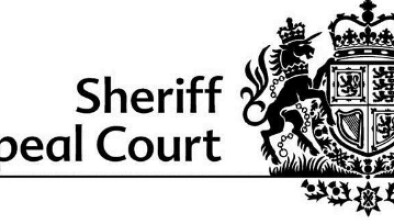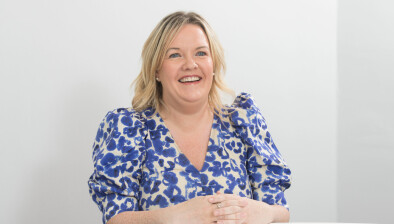Jak Henderson: Recent changes to the financial health requirement

Jak Henderson
CT’s Jak Henderson delves into the implications of the financial health requirement (FHR) on companies seeking EIS and VCT funding, detailing its historical interpretations, the complications arising from HMRC’s strict enforcement, and recent amendments to the HMRC’s approach which offer a more nuanced consideration of a company’s financial health.
Recently, the FHR has proven to be a thorn in the side of many companies attempting to obtain EIS and VCT funding. This is due to the way in which HMRC has interpreted when a company is ‘in difficulty’.
FHR in the initial investing period
Firstly, what is the FHR, and why does this impact the qualifying status of a company for EIS purposes? HMRC rely on the definition of ‘in difficulty’ as stated by the 2014 EU guidelines on state aid for rescuing and restructuring non-financial undertakings in difficulty. This means a company will be considered ‘in difficulty’ if, without intervention by the state, it will almost certainly go out of business within the short-to-medium term. HMRC will deem any company that is unable to pay its debts as they fall due, or if its balance sheet is in a negative position, as potentially being ‘in difficulty’.
It’s notable that the 2014 guidelines are not referenced in the UK legislation. The legislation points to the predecessor of the 2014 guidelines, which were set in 2004. Critically, the earlier iteration provides a carve-out from the application of the test, where less than 25% of the aggregate losses were incurred in the last 12 months. In our experience, this carve-out would have helped the majority of companies that HMRC rejected of late.
FHR after the initial investing period
The FHR test is further extended for companies that are no longer within the 7 year Initial Investing Period (IIP). This has increased to 10 years from the end of the accounting period in which turnover first exceeded £200,000 for knowledge intensive companies. A company that’s outside of its initial IIP will also be considered ‛in difficulty’ if more than half its subscribed share capital has disappeared due to accumulated losses. For many companies later in their lifecycle who have taken multiple rounds of EIS investment and spent it on R&D, this leads to them to be considered as ‛non-qualifying’, due to accumulated losses. This effectively locked them out of receiving any further funding — until the recent update explained below.
Key changes
It’s important to note that this is not new legislation. It was introduced in 2009. However, over the last couple of years, HMRC has been strict in enforcing this position, leading many companies who believed they qualified comfortably for EIS status – and who had taken EIS money many times – to find they didn’t qualify due to a piece of the legislation that was previously only enforced where a company was in administration or liquidation.
As a result, some companies failed to receive planned follow-on funding as investors walked away, whereas others continued to be supported but at a lower valuation. We’ve seen many cases of this and we’re aware from our links with the EIS Association (EISA) that it represents a major policy change within HMRC.
However, changes to HMRC’s manuals from Friday 18 August have shed light on the new procedures that HMRC will use to consider this. They’ll now consider “any reasonable adjustments” that could be made to the accounts to impact the FHR test. For example, R&D costs that could have been capitalised – where a company treats its development costs as an asset on the Balance Sheet rather than an expense through its Income Statement – could be considered. This shifts the test to consider the immediate financial situation of the company, rather than disqualifying them for a historic choice of accounting treatment, as was the case in many recent examples we’ve seen.
This change back to allowing costs that could have been capitalised is interesting. CT was the first firm to suggest this approach with HMRC, back in 2021. Having successfully argued the case for its use and seen an approval for one of our clients, we discussed it with other firms within EISA. This approach quickly swept across the UK until HMRC then refused to accept it any longer. Now, it appears, they’re willing to accept it again. Sense prevails.
This is a much welcome change to HMRC’s treatment of the FHR and should give confidence to users and key stakeholders of the scheme. The change now means the full circumstances of each company will be considered, rather than risk being punished for a choice in accounting treatment made many years ago. We thank the Tax & Technical Committee of EISA (T&T) who, with others, have presented the case for these changes.
Jak Henderson is a senior associate at CT









